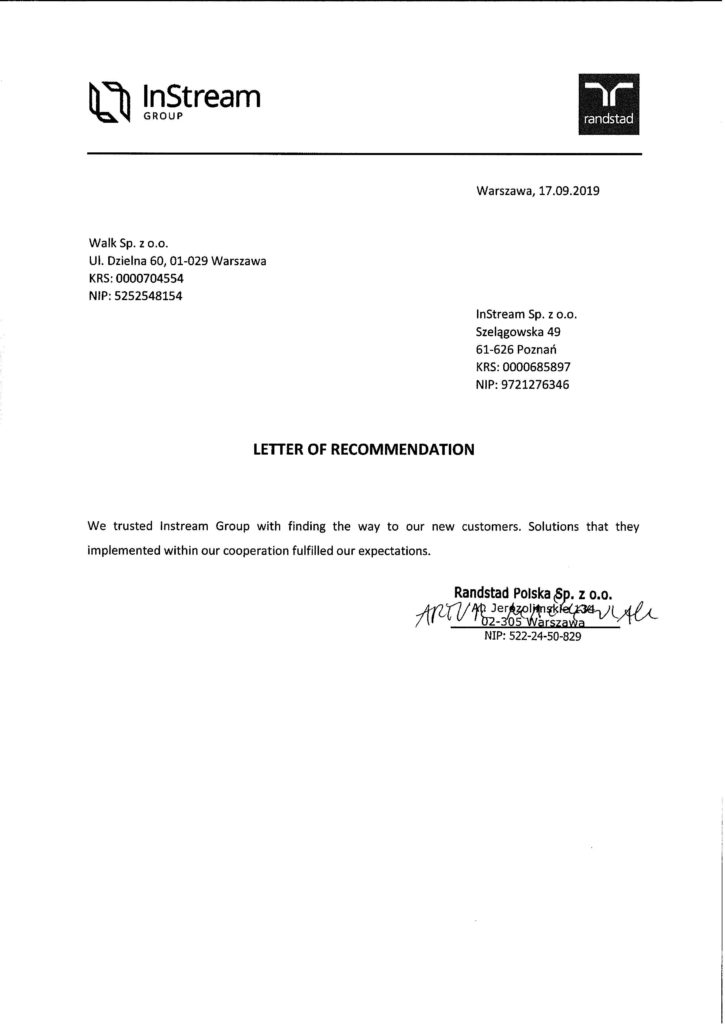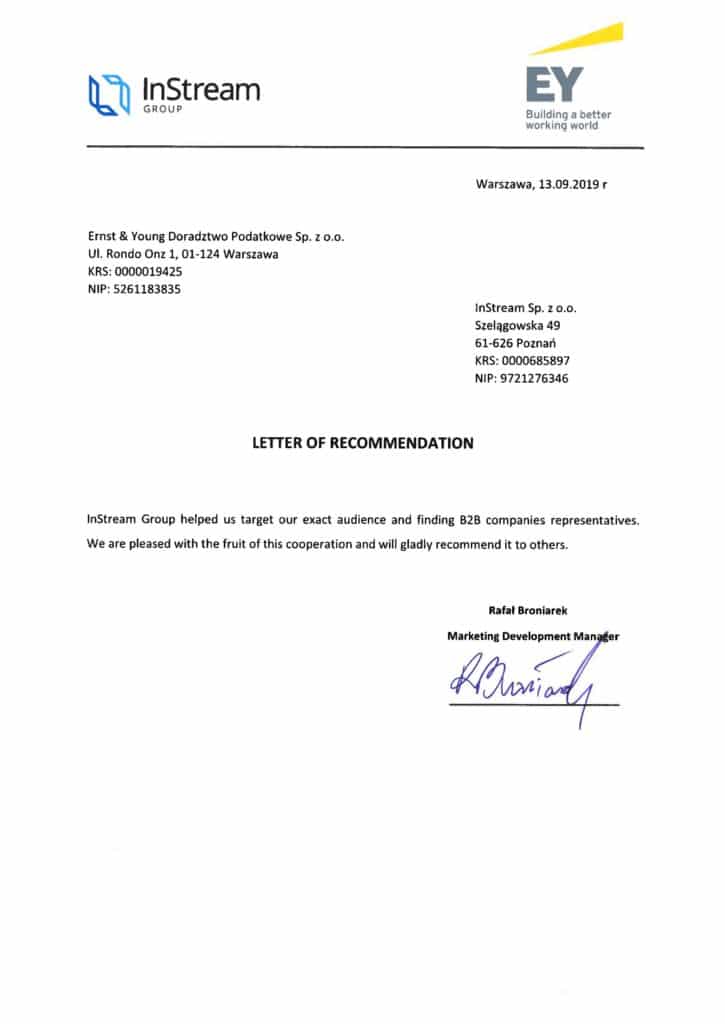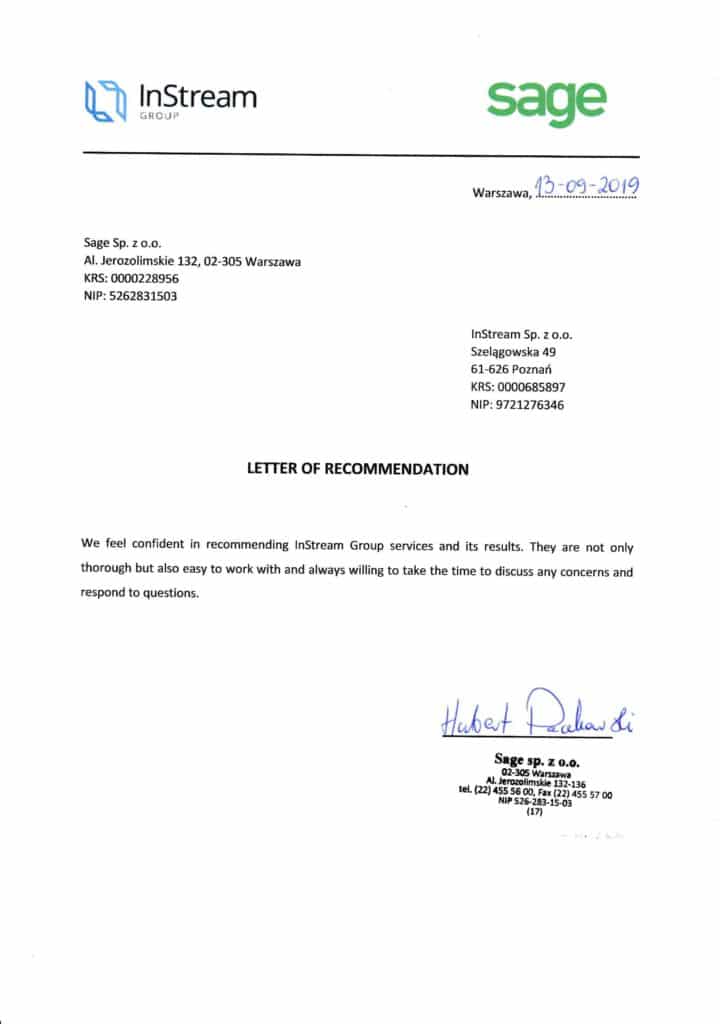Who is your client? What are their business responsibilities? How does your product solve their problems? What benefits will they get from your solution? What emotions drive them at work every day? What makes them happy or stressed? How do you get through to him? Who is the decision-maker and who are your allies?
If you don’t yet know the answers to these questions, too bad. Both for you and your entire team. The cornerstone of successful selling is understanding your clients’ needs. No matter what product you offer, you need to remember that people don’t buy features, shapes, products or services.
They buy benefits, emotions… the vision you instill in them.
In this article I will try to show you some cool methods to define your clients’ needs. These are not my methods. I didn’t come up with them myself. However, I use them regularly and I recommend you do the same.
Spis treści:
1.Who is your client?
2. Define the client profile
3. Profile analysis – method 1
4. Profile analysis – method 2
Who is your client?
When creating a startup, you probably came across the Lean Canvas. Therefore, you can identify your market, your business model and your potential client. If not, I recommend googling it.
However, I am curious if you have taken the time to think a little more about who exactly your client is? What are they like? What do they like and how do you talk to them? What are their needs?
There is only one 100% effective way to get to know your clients.
If you want to know your client’s needs, ask them!
Honestly, I don’t know of a better one. Learn to listen and be open to everything you hear. Analyse and draw conclusions. Turn off your computer, grab a notepad and schedule a coffee with a few clients.
In the early days of Airbnb, Brian Chesky – the co-founder of the platform – would meet with every client, asking them every detail about their needs. He did this not because he had to. He did it because he wanted his product to really solve people’s problems.
Stefan Batory, the founder of iTaxi once said at Hive61 in Poznan that before starting the company he went from one taxi driver to another asking each over 100 questions from a pre-prepared list. He wanted to make sure he understood the industry and whether the problem he saw was real.
Start listening, be inquisitive. Any information about your idea is valuable, especially the negative.
Once you’ve done that there are a few practical ways you can organise that knowledge, bring it all together and put it into practice. One of these is our InStream system – if you use it, you can add notes to individual clients and always come back to them, so you don’t miss anything.
When our product was launched, we carefully analysed our first clients. The knowledge we gathered helps us today to build better relationships with them, speak their language and pinpoint the exact benefits they are looking for.
Below are some of them.
Define your client profile
Our team developed some general profiles of potential clients. Beforehand, we established some criteria such as company size, industry, country, and decision maker.
This resulted in a list that looked more or less like this:
- Small and medium-sized enterprises, offering SaaS products, Poland, VP of Sales
- Small and medium-sized enterprises, long-term services, Poland, VP of Sales
- Small and medium-sized enterprises, software for business, Poland, VP of Sales
With the initial profiles in place, we began to analyse them more closely.

You are going to need an A4 sheet of paper, something to write on, post-it notes may also be useful.
Let’s take the first profile.
Small and medium-sized companies, offering SaaS products, Poland, VP of Sales
In the middle of the A4 sheet of paper, write your chosen profile.
We will analyse 4 factors that have a direct impact on our clients.
- Environment – their business environment, partners, clients, market
- Processes – what business processes related to our solution are taking place in their company
- Problems – what problems they face within these processes
- Solution – what solution they may be looking for
Our task will be to fill in each field in turn with any ideas and suggestions. As an example I will base it on the first profile:
Small and medium-sized company, offering SaaS products, Poland,VP of Sales.
Environment
What does your client’s business environment look like? List all possible options. In our case it is:
- Business clients
- Business partners
- Distributors
- Competition
Processes
What business processes does the client have that are related to our solution? We have defined the following processes:
- Acquiring new clients
- Handling sales opportunities
- Client retention
- Support/Help Desk
- Working with partners and distributors
Problems
What problems does your client face on a daily basis with the processes listed? Here let’s take a look at:
- Collecting and managing client data
- Monitoring of sales staff activity
- Sharing information within the team
- Low sales
- Problems in communication with the client
- Lack of proper reporting
Solution
What kind of solution can they look for?
- Having all information in one place, easy access, no need to add information manually
- Monitoring of communication, automatic register of e-mails and calls
- Efficient process management, sales funnel, notification system (reminders)
- Automatic reporting
Sorting the information in this way helped us to understand the needs of clients with the above-described profile. While talking to them on the phone or via e-mail, our team can effectively define their needs by asking the right questions.
When we present a product, we focus on the processes which take place at a client’s site and give examples of problems which we have previously defined in this industry. We provide practical solutions.
Of course, every client has different requirements and problems. However, systematising this knowledge makes it easier for us to understand their positions. In sales, empathy is fundamental. I always say:
Stop selling. Start listening!

The second method can be found in the book Business Model Generation by Alex Osterwalder.
The method proposed by the authors of this book allows you to understand the client from the emotional side. This insight is also very useful in conversation. It allows you to understand the seriousness of the problem that the client is facing and what emotions are behind it. What influences their decision and what fears they are struggling with.
The tool we are going to use is called an empathy map.

As in the first method, we will use our already defined potential client profile.
Small and medium-sized companies, offering SaaS products, Poland, VP of Sales
Using the prepared map, we will fill in the individual fields by answering 6 simple questions.
What does it look like in practice?
Order a pizza, open a window to get some fresh air. Hang a large sheet of paper with the map on the wall. Take post-it notes and glue all the ideas in the right places. Finally, analyse everything and write it down.
Remember, there are no stupid ideas!

What products does he encounter on a daily basis, what offers does he receive? What is happening in the industry? What solutions are currently popular? What do his colleagues do?
- Employees do not complete data.
- E-mails are messed up.
- There are many solutions but they do not meet our requirements.
- There are some nice Polish solutions.
- We have several email addresses and I need to integrate them somehow.

What opinions influence him? Whose opinions are these? Which media channels does he listen to?
- Client satisfaction is the basis for success.
- Focus on the client, good service, plan your sales processes.
- Take care of your sales team.
- SaaS products are in demand now, they pay off.
- Our team needs a tool to communicate with the client.
- We need to sort out that client base.

What emotions drive his decisions? What is he currently stressed about? What is the task ahead of him? What outcome does he expect?
- I need to improve communication within the team.
- Our team needs to improve client service.
- We need to increase sales.
- I don’t like the current CRM.
- Why are all systems so difficult?

What might he be saying to others? Pay attention to what he thinks, what stresses him and what he might say to people around.
- Our company stands out for its client respect and great service!
- We put the client’s needs first!
- Efficient communication is our priority.
- Satisfied clients are our greatest joy!

What is his biggest frustration? What problems stand in his way and what does he fear?
- The new CRM will cost us a lot of time, we don’t have that much time.
- I cannot find a solution that meets all our needs.
- Is a SaaS solution safe?
- What if we don’t embrace the chaos with client data in time?
- Will my team like the new solution?

What is the measure of success for him? What is he counting on? How will he measure his success? What goals does he need to achieve?
Examples:
- Automated sales processes.
- High quality client service.
- Client satisfaction, high number of referrals.
- Increased sales.
- Increased team morale.
Conducting this type of exercise has several benefits:
- The materials collected will help your team understand the client.
- The exercises are great training material for new sales people.
- Your team learns the language of benefits and how to define needs.
- Every minute you spend thinking about the client makes your product better suited to their needs.

The last exercise we did was storytelling. This is one of my favourite methods. It is great as a summary of all the exercises. Even as a child we were told stories and we imagined the main characters. This kind of exercise develops in us the skills of empathy, listening and understanding someone’s needs.
Each member of our team got the task to tell us the story of a client on the basis of the information gathered and to describe, one by one, all the important factors that influenced the client’s needs.
Below is an example.
Small and medium-sized companies, offering SaaS products, Poland,
Mr Tomasz, VP of Sales
Mr Tomasz manages the sales team at ForBiznes Sp. z o.o. The company specialises in software for business. There are 11 people working in Mr Tomasz’s department: mainly young salespeople aged 22-30. Their main product – a system for monitoring working time is offered to companies all over the world. As the company is relatively young, it is still growing fast. At the moment, Mr Tomasz is having trouble managing all the processes efficiently. The CRM system that was supposed to help them run the company and in which they invested a lot of time is proving to be very ineffective. All data has to be entered manually and employees do not do this or do it carelessly. The database becomes outdated and filled with worthless data.
The system is not integrated with email, which causes staff to waste a lot of time registering communications or they fail to register them at all. Tomasz is worried about what might happen in the coming months. The team is doing a great job with client acquisition, but the lack of a proper tool is costing them a lot of work. He sees that his team is very negative about the current solution. He would like to implement a new one, but he is concerned about whether there is time to do so. Moreover, he has not yet found a solution on the market that would meet all their needs. He would like to automate all processes. He wants to make sure that the team is working at 110% of its capacity. Colleagues in the industry have been talking about SaaS solutions a lot lately, but Tomasz probably has doubts about security issues.
After hearing the story of one of the team members, the rest of the team had to come up with an appropriate response.
Which emotions to invoke? What are the main benefits? What results could Mr Tomasz expect from our solution?
I hope these methods will help you understand your clients better. If you want a good relationship, clients who recommend your product, make sure you really understand their needs. Don’t just suggest them to the client, ask them and make a note of the answers. Always be inquisitive and look for honesty in what you do.
Especially if you care about long-term clients. One-off sales are easy. client retention requires sincere intentions. And these are more valuable than any techniques.
Ps. This entire article describes how to define a potential client and decision maker.
Remember that in every company, in addition to the decision-maker, there are also so-called allies. Most often they are the end users of your solution. Keep in mind a few important things:

See you!



